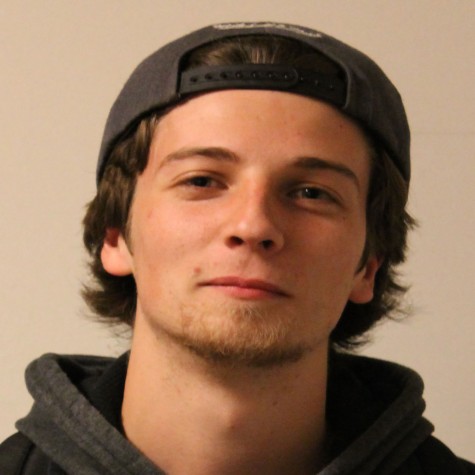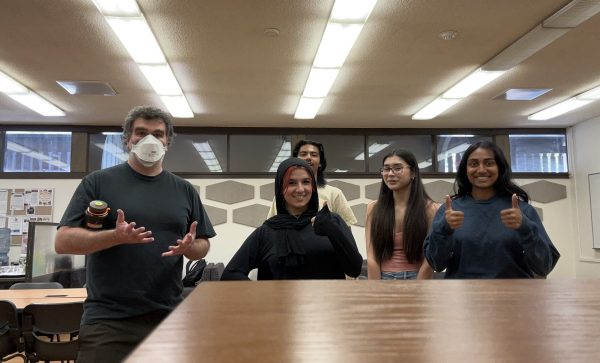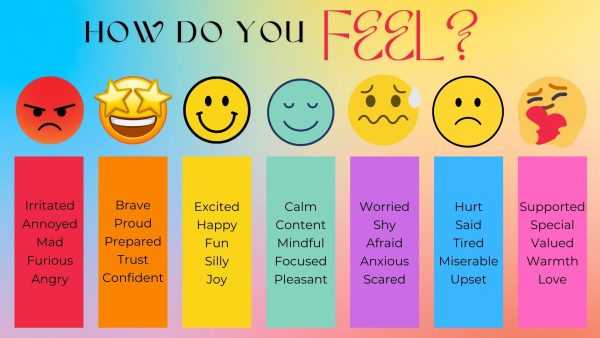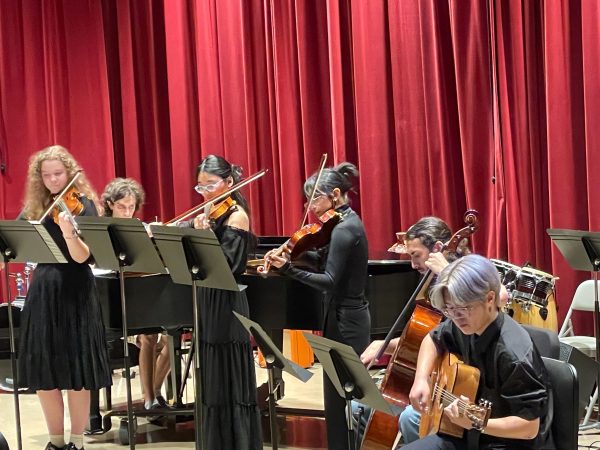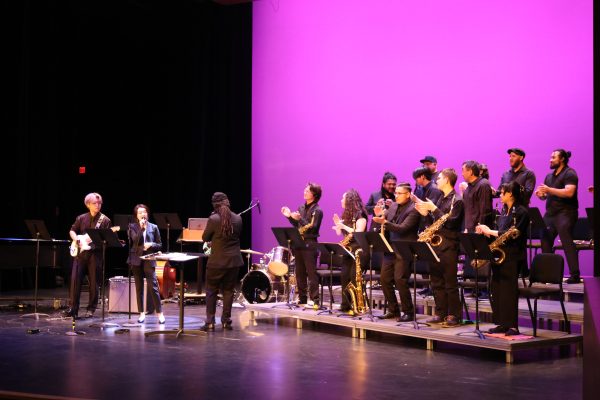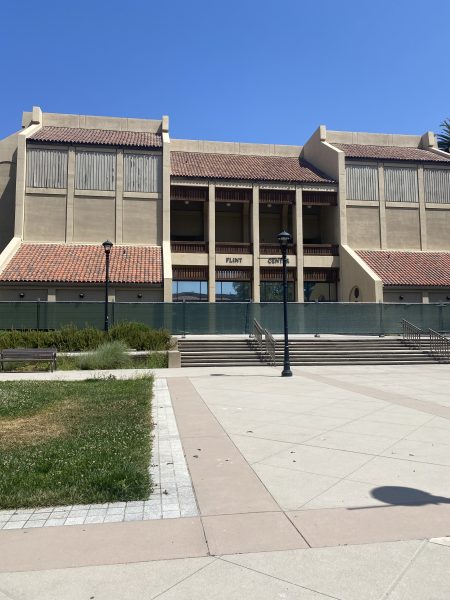DEA agents who helped capture Pablo Escobar speak at De Anza College Flint Center
Two of the country’s most acclaimed drug enforcement agents graced the stage to discuss narco-terrorism at the Flint Center on Oct. 21 in an event called “Capturing Pablo: An Evening with Steve Murphy and Javier Pena.”
Murphy and Pena each had a huge part in taking down Pablo Escobar, the most notorious drug trafficker this world had ever seen. In Escobar’s hay-day, Columbia was exporting about 80% of the world’s cocaine and is considered by both agents to be the creator of narco terrorism because he played a role in almost 50,000 deaths.
Murphy and Pena have a combined 75 years of experience in law enforcement. “The show ‘Narcos’ depicts us as arguing and fighting during the Escobar investigation,” Murphy said. “The truth is, we’ve never even had a disagreement. We recognized each other’s strengths and utilized those to our advantage.”
The agents explained that during Escobar’s prime, he was protected by over 500 thugs known as sicarios. These hitmen roamed the streets of Medellin collecting the bounties offered to anyone that would kill a Columbian policeman, government official, drug enforcement agent or anything with a pulse that stood in Escobar’s way.
Escobar had the entire city behind him because he financed the creation of schools, neighborhoods and hospitals even though he was ravaging the city with violence. This all changed when he assassinated up and coming presidential candidate Luis Carlos Galan.
“The assassination of leading presidential candidate Luis Carlos Galan united the Colombian Government into focusing all of their efforts into going after Escobar,” Pena said. “This was the first time the Colombians created a special police unit to concentrate on capturing Escobar.”
Gripped with terror over the traumatic assassination, Columbia was forced to accept a plea deal from Escobar on his own terms. These terms included creating his own sentence and prison.
Escobar named his prison “La Catedral” but the building was nothing like any prison in the world. Both agents likened his cell to a suite and the entire building to a palace. Lavish parties were thrown every day and business went about as usual even though the kingpin was “behind bars.”
“The first sections seemed somewhat ‘prison-like,’ but once we got past the entrance, we saw that the front area was just a facade to present the image that La Catedral was a prison,” Murphy said. “We began to see the inmates living quarters which were very opulent. They were all two-room suites with the latest electronic gear available, large flat screen TVs, expensive stereo systems, very nice clothing and shoes.”
During a weed-laced rage, Escobar murdered a close associate over lost money which resulted in the Columbian government rooting him out of his palace after almost two years and nixing the previous agreement.
Over a year later after being on the run, Escobar was shot by local Columbian police and his dead body posed on the streets of Medellin. This was a huge victory for Murphy and Pena, as they saw their hard work come to fruition.
Both agents use the lessons and knowledge they learned to educate Americans about narco terrorism through their many conferences across the country.
“We want the world to know the true story of Escobar and the Medellin Cartel, not what they might have read in a book or article, or seen on television,” Murphy said. “We’d like to see a worldwide collective effort to stem, and eventually stop, the demand for illegal narcotics. Is this wishful thinking on our part? Probably so, but at least we have the opportunity with our presentations to provide the truth of how devastating this issue really is, and how it affects us all.”



